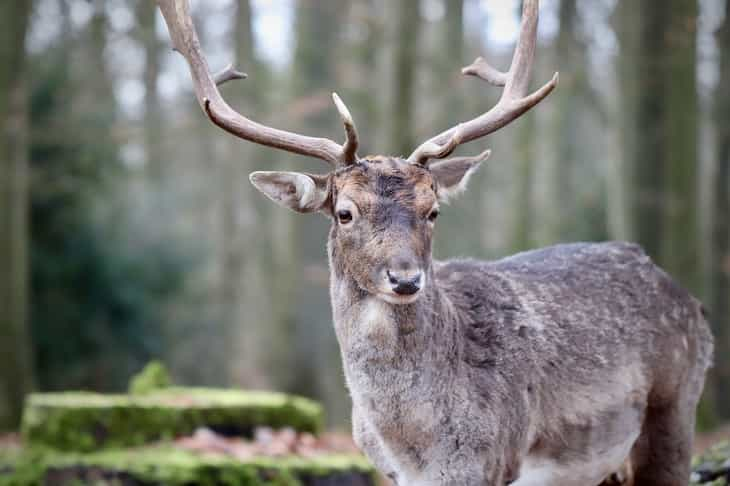You've definitely heard about deer that have to shed their antlers, but why do they have to do it?
In fact, not all deer do it, and there are plenty of things that affect it.
Let's find out more about this interesting adaptation.

Timing
Deer shed their antlers during late winter or early spring, typically between February and April.
However, the exact timing may vary depending on the deer species and individual deer.
Purpose
Antlers are bony structures that grow on the heads of male deer and serve various purposes.
They help attract mates during the mating season and are used for fighting off other males.
Growth Preparation
Shedding allows deer to prepare for the growth of new antlers.
By shedding the old antlers, they make room for the development of new, larger antlers in anticipation of the next mating season.
Energy Conservation
The growth of antlers requires a significant amount of energy and nutrients.
Shedding the old antlers helps conserve energy and resources, as the deer can redirect these valuable assets towards other important functions, such as survival and overall health.
Hormonal Changes
The shedding process is influenced by hormonal changes in the deer's body.
After the mating season, the hormone levels shift, triggering a process known as osteoclast activity.
This process weakens the connection between the antlers and the deer's skull, eventually leading to their detachment and shedding.
Environmental Factors
Shedding can also be influenced by environmental factors.
The duration of daylight plays a role, as decreasing daylight signals to the deer's body that it's time to shed the antlers.
Additionally, the availability of food and nutrients can impact the shedding process.
If a deer is experiencing a shortage of food, it may shed its antlers earlier to conserve energy for survival.
Recently, we talked about walking your dog.












